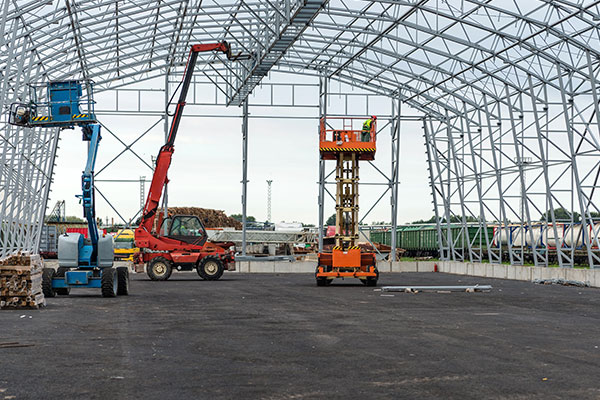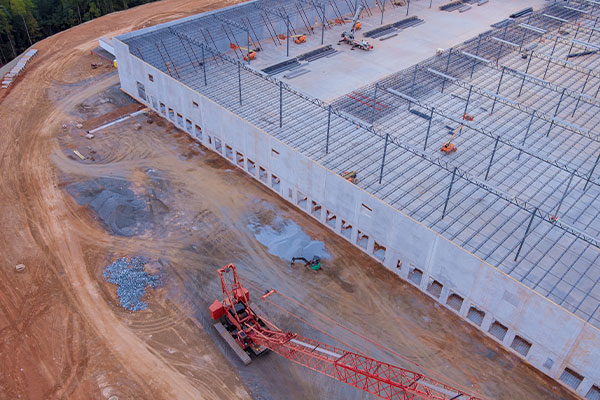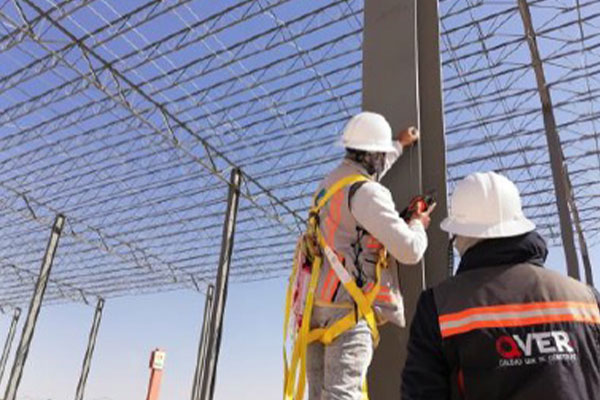Low-strain pile integrity testing is a common non-destructive testing (NDT) procedure for quality control and quality assurance (QC/QA) in the construction of deep foundations.
At QVER, we perform pile integrity testing as a method to identify defects in piles or to determine the unknown length of existing deep foundations.
1- When to perform pile integrity testing?
The integrity test should be performed no earlier than 7 days after pouring or after the concrete strength reaches at least 3/4 of its design strength, whichever occurs earlier.
2- How to prepare the surface?
The pile head surface should be prepared before testing. The surface of the pile must be accessible and above water. All loose concrete, soil, or other foreign materials resulting from construction should be removed from the pile surface. If there is any contamination on the surface, it should be removed (using a grinder) to reach a solid and sound concrete surface.
3- How to couple the transducer and pile head?
A firm connection between the sensor tip and the concrete surface (pile tip) is needed for successful application of the testing method. A thin layer of Vaseline or putty is usually used to make a firm connection between the sensor and the pile head.
4- What type of hammer should be used?
The hammer can be as light as a couple of hundred grams. Smaller hammer induced impacts have a higher frequency content and shorter rise time. Larger hammers, on the other hand, induce greater energy. Hammers weighing less than 1 kg with a plastic impact tip are ideal for most cases. When the pile diameter is greater than 1 m (1000 mm), heavier hammers will be more suitable. The hammer tip should be made of a material that does not damage the concrete during impact, as this will affect the test results.
5- Pile head strike: Where, how, how many?
Low-strain impact should be applied to the pile head at a distance of 300 mm from the sensor. It is also important to place the transducer away from the edge of the pile to reduce the edge effect. Ensure that the impact is applied axially. For inclined piles, make sure the transducer is placed perpendicular to the pile surface (parallel to the longitudinal axis of the pile), and that the strike direction is parallel to this direction.
For circular cross-sections (diameter less than 500 mm) and rectangular sections, place the sensor near the center of the pile and strike several times around the pile head (i.e., 10 impacts). Increasing the number of impacts will reduce the effect of background noise and help improve repeatable parts, making interpretation easier. For larger diameter piles (i.e., diameter > 500 mm), additional locations
should be considered to obtain useful information on pile integrity.
The most commonly used standard for conducting pile integrity tests and reporting is ASTM D5882-16, standard test method for low strain impact integrity testing of deep foundations. At QVER, we are committed to quality and therefore perform tests that have been adopted by many standards and codes worldwide.




